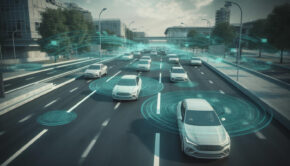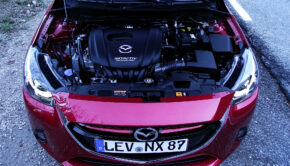Importance Of Inspection Cameras In The Industrial Areas
The term “Inspection Camera” is used loosely to categorize different forms of remote visual inspection cameras available on the market today. Drain cameras, borehole cameras, rigid borescopes, fiberscopes, videoscopes, video borescopes, push cameras, and endoscopes are some of the different types of RVI or Remote Visual Inspection tools that are often considered as the Inspection cameras.
What makes inspection cameras so important?
The inspection cameras open new views inside the interiors of different systems and machines. So, whether a thermal imaging camera, an infrared thermometer, or an endoscope, the inspection cameras are just the ideal instrument for maintenance and monitoring. Due to the visual display of the prospective damage areas in the systems of machines, or because of the flexible control of the endoscopes, it becomes quite easy to detect and prevent the points of failure. The inspection cameras make this easy without the requirement of complex disassembly.
The best thing about the industrial inspection camera is that it can easily be equipped with video cameras for transmitting images on the computers or the displays. These cameras are mainly characterized by four major parameters like the length of the operating part, the diameter of the operating part, the angle of view, and the angle of the observation direction. Besides, it is important to consider the fact that increasing the field of view results in decreasing detalization. This means that you can see a little but in detail and big sizes or a lot in small sizes.
The inspection cameras are mostly used by the safety experts, electricians, mechatronics, expert witnesses, and mechanics. Besides, in several cases, the inspection cameras are also used for in-service training, and apprenticeships. The inspection cameras are often applied internally at universities or schools for demonstration. With the help of these cameras, it is possible to organize inspections in the industrial sector faster, more cost-effectively, and also in a more targeted manner. Therefore, these cameras work as a vital companion in the course of daily work.
Applications of inspection cameras
The inspection cameras are designed in such a manner that these can control the work where it is not simple to reach the inspection area. Therefore, these cameras are widely used to examine different types of equipment ranges like gas and steam turbines, boilers, condensers and heat exchangers, generators, rotating equipment, vessels and tanks, piping systems, and welds for corrosion and flaws. When used with extraction tools, industrial cameras are also used in searching for foreign objects and retrievals.
Often in the case of industrial applications, just small entrances are usable for bringing the tip of inspection camera into the inner areas of the machines, but when the camera tips are inside, there is more cavity/space available. It is possible to perform internal part inspections simply by using 360 ° articulating inspection camera tip.
Conclusion
So, the main advantage of this remote inspection camera is that it considers the examination of the majority of the plant components and plant systems without the need for disassembly or confined space entry. Therefore, these cameras are less expensive than other methods.








![How to Develop an App like tinder? [Step-by-Step Guide]](https://technofaq.org/wp-content/uploads/2020/07/datingappetiquette_Prancheta-1-1-150x150.png)







